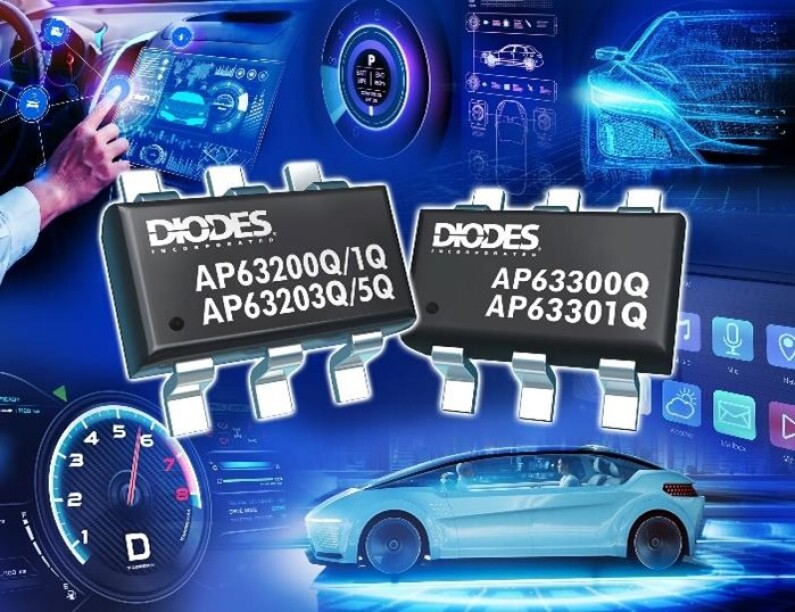Meeting Automotive Requirements for PoL Converters

By: Macgyver Lee, DC-DC Marketing Manager
Today’s cars are computers on wheels: full of complex electronics which all must be powered. Nowadays, modern cars include at least 150 electronic control units (ECUs)[1]. For many of these ECUs, the best way to provide power is by using a Point-of-Load (PoL) converter, located within the ECU to provide the necessary low-voltage supply. Typically, this is based around a buck converter, which is connected to the car’s 12V battery.
Common automotive PoL applications include powertrains, instrumentation clusters, telematics, and infotainment systems. These applications place increasingly tough demands on the buck converters in the PoLs. Designers want lower power consumption and higher efficiency to reduce electricity consumption, minimize heat-dissipation problems, and maintain a low quiescent current (IQ).
Alongside these factors, designers also look for a compact solution in both the converter itself and its need for external components. The converter should ideally handle input voltage transients of up to 32V, be easy to design with, have low electromagnetic interference (EMI), and comply with relevant automotive standards (such as AEC-Q100 Grade 1 qualification)—all while being affordable.
Buck converters tick all the boxes
That’s a long list of requirements for the PoL converter. Let’s look at two of the latest components from Diodes Incorporated that meet these features. The DIODES™ AP6320xQ and DIODES™ AP6330xQ are automotive-compliant synchronous buck converters, rated at 2A and 3A current respectively.
Both converters support a wide range of input voltages, from 3.8V up to 32V, and are provided in the compact and industry-standard TSOT26 package, making them simple to include in existing designs while helping to reduce the overall space required in the vehicle.
The devices include a pulse frequency modulation (PFM) mode, which enables a low quiescent current of 22µA and significantly improves light-load efficiency; for example, offering up to 88% efficiency at 5mA load.
For best-in-class EMI performance, the converters use a proprietary gate driver arrangement, which reduces the high-frequency radiated EMI noise caused by MOSFET transistor-switching. EMI is further reduced in several devices of new families by a frequency spread spectrum (FSS) function.
These new devices offer a high switching frequency of up to 1100kHz, meaning that smaller external inductors and capacitors may be used to save board space and help minimize the bill of materials (BOM). Additionally, peak current mode control and an integrated loop compensation network help minimize external component count. The converters are qualified to the automotive AEC-Q100 Grade 1 standard and have an operational temperature range of -40°C to +125°C.
As the number of ECUs in our cars continues to increase, the expectations of design engineers will likewise rise. To meet the requirements for efficient PoL power supplies, buck converters such as the AP6320xQ and AP6330xQ are able to provide the necessary features and performance these designers seek—all in a compact and affordable package.
[1] https://www.eenewsautomotive.com/en/number-of-automotive-ecus-continues-to-rise/
